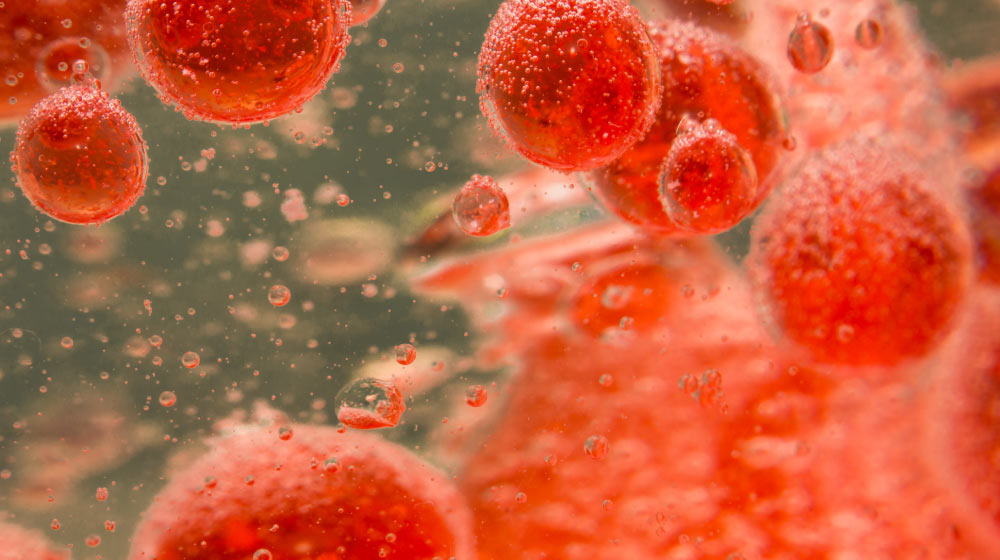In the fast-paced, modern lifestyle, it is no shocker that more and more people are at high risk of encountering many health issues due to increased exposure to health hazards. Overloaded iron is one of these troublemakers that is often overlooked. As wellness treatments are rolled out to help people revamp their health and achieve a more fulfilling life, iron chelation therapy is designated to remove extra iron and other metals buildup in the body without a way out. Explore iron chelation therapy and symptoms of overloaded iron to watch out for.
Too Much Iron in Blood Can Be Life-threatening | Here’s How Iron Chelation Therapy Helps
What Is Iron Chelation Therapy?
Iron chelation therapy is a wellness treatment that aims to maintain safe iron levels by removing iron accumulated in the body over time with specialized drugs called chelators. This therapy applies to individuals with previous blood transfusions or who are diagnosed with thalassemia and overloaded iron (hemochromatosis).
Iron is a mineral necessary to form certain hormones and hemoglobin molecules in blood cells. Abundant blood cells help carry oxygen to vital organs and every tissue, facilitating the operation of essential bodily functions and biological processes.
Unfortunately, the body can’t produce iron naturally but depends on outside sources, such as iron-rich foods and dietary supplements, to get adequate iron. Although the liver and spleen are responsible for storing iron, excess iron may spread to other organs like the heart and endocrine system. Too much of anything can make you sick, even if your body needs it for optimal health.
Consuming too much iron can cause overloaded iron, which can be detrimental to vital organs, including the heart, liver, and pancreas, when left untreated. That’s why iron chelation therapy helps clear irons roaming free in the body. Such non-invasive treatment aids in enhancing blood circulation, preventing organ damage and reducing the risk of health complications associated with extra iron.
How Iron Chelation Therapy Works
The primary goal of iron chelation therapy is to discharge iron, saving individuals from the harmful effects of iron once overloaded.
Once administered, chelating agents bind to iron ions and create stable complexes that can be excreted through urine and feces.
Depending on each individual’s needs, health status, and severity of overloaded iron, they can choose one of the following options:
Deferoxamine
Deferoxamine has been available for over 40 years. It was first introduced in the 1960s but only became mainstream in the late 1970s. It can be given to patients through subcutaneous injection or intravenous fusion (IV drips). This kind of treatment for overloaded iron is mostly prescribed for patients experiencing severe overloaded iron that leads to systemic toxicity, persistent vomiting, lethargy, or iron levels greater than 500 mcg/dL. The process of Deferoxamine infusion lasts 12 hours. But it can be longer when patients have severely overloaded iron, coming to around 24 hours.
Deferasirox
Deferasirox was introduced in 2006. Despite a new chelator, most people prefer Deferasirox because it is more convenient than Deferoxamine, which requires ongoing infusions for the best result. Deferasirox can be consumed orally, meaning patients can take tablets directly or drink Deferasirox-dissolved water. Unlike Deferoxamine, which is helpful for acute iron overloading, Deferasirox aims to help patients maintain healthy levels of iron in the long run.
Deferiprone
Deferiprone is proven effective for removing iron from the most vital organ, the heart. Much like Deferasirox, Deferiprone can be taken orally three times a day as a liquid or pill.
Side Effects of Iron Chelation Therapy

Common side effects that you could experience when undergoing iron chelation therapy include:
- Rash or hives
- Itching
- Vomiting
- Impaired or blurry eyesight
- Loss of hearing
- Cataracts
- Dizziness
- Stomach or leg cramps
- Diarrhea
- Rapid heartbeat
- Hypotension (low blood pressure)
- Anaphylactic shock
- Kidney or liver damage
When you experience the above symptoms, immediately contact your healthcare provider for dosage adjustment. Moreover, attending doctors on time ensures that no damage or health implications happen to your eye and hearing following treatment in the long run.
A Brief Look Into Overloaded Iron

As discussed earlier, overloaded iron is a health condition when the body accumulates too much iron because of blood transfusion or overconsumption of iron.
While the body has a natural mechanism to remove waste and harmful substances, it is not always the case for excess iron. Over time, these iron ions can invade other organs that are not designed to store iron, leading to health complications and injuries in the long term.
It is difficult or impossible to tell if you have overloaded iron because the condition has no symptoms early on. Even if the symptoms start appearing, they are relatively vague and can be mistaken for other health conditions.
Visiting a doctor is important to rule out underlying causes and determine how much iron is stored in your body by carrying out a variety of tests, such as blood tests to calculate iron levels in your blood and organs, genetic tests to determine if your overloaded iron is hereditary, liver function tests, and imaging test (MRI).
Keep in mind that each person may exhibit different symptoms of overloaded iron. Some symptoms and signs of overloaded iron to watch out for include:
- Tiredness or weakness
- Unexplained weight loss
- Abdominal pain
- Joint pain
- Loss of sex drive
- Shortness of breath
- Irregular heartbeat
- Bronze- or gray-colored skin
- Enlarged spleen
- Enlarged liver
- Liver cancer
- Liver failure
- Heart failure
- Diabetes
- Shrunken testicles
- Arthritis
- Cirrhosis
How To Avoid Overloaded Iron
Although iron is an essential mineral, we all know that excess of anything can turn against our overall health. In addition to iron chelation therapy, you can proactively avoid overloaded iron by reducing your intake of iron-rich foods, iron supplements, and alcohol, avoiding consuming vitamin C with iron-rich foods, and avoiding cooking with iron cookware.

